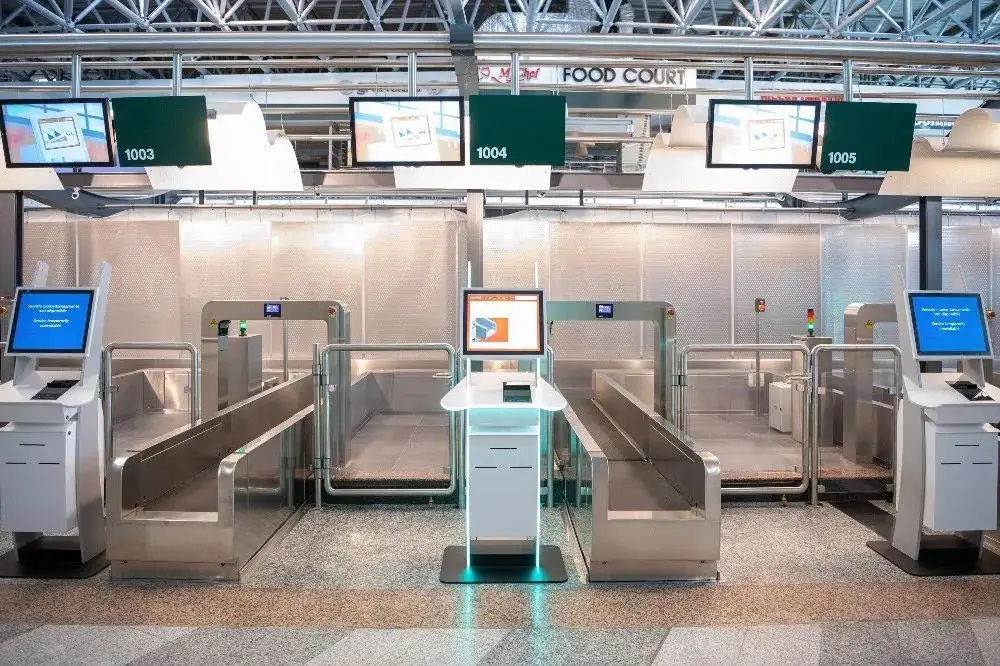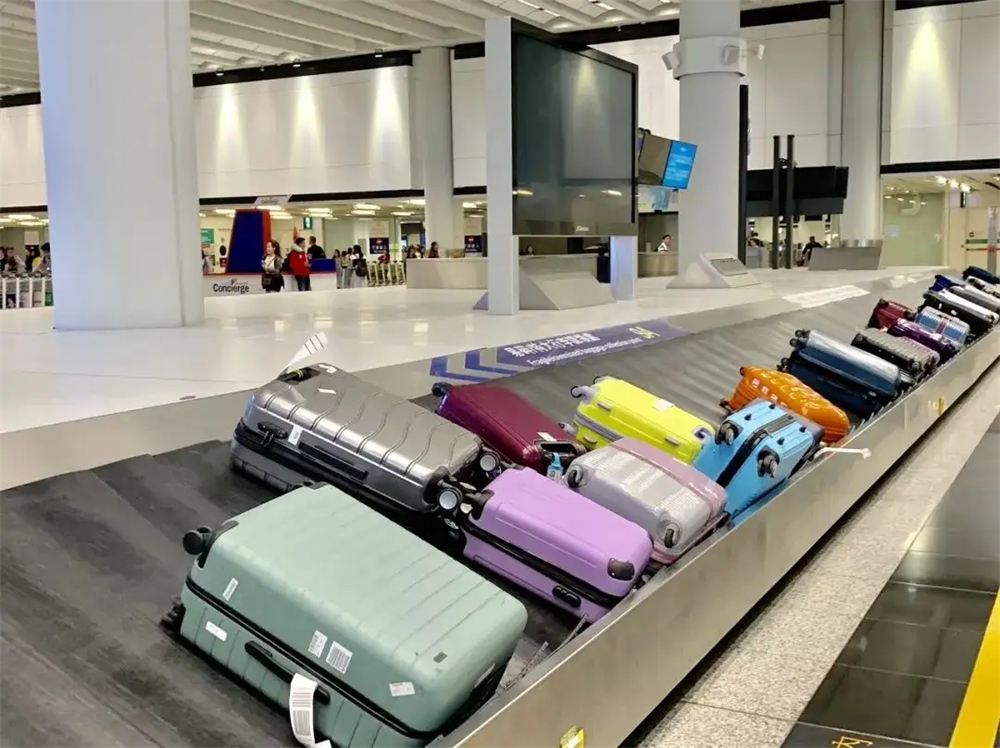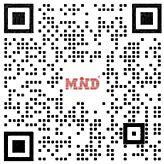With the deepening of the domestic economic reform and opening up, the domestic civil aviation industry has achieved unprecedented development, the number of passengers entering and lea the airport has continued to increase, and the baggage throughput has reached a new height.
Baggage handling has always been a huge and complex task for large airports, especially the continuous terrorist attacks against the aviation industry have also put forward higher requirements for baggage identification and tracking technology. How to manage the pile of luggage and effectively improve the processing efficiency is an important issue faced by airlines.
In the early airport baggage management system, the passenger baggage was identified by barcode labels, and during the conveying process, the sorting and processing of passenger baggage was achieved by identifying the barcode. The baggage tracking system of global airlines has developed to the present and is relatively mature. However, in the case of large differences in checked baggage, the recognition rate of barcodes is difficult to exceed 98%, which means that airlines have to continuously invest a lot of time and Efforts to perform manual operations to deliver sorted bags to different flights.
At the same time, due to the high directional requirements of barcode scanning, this also increases the extra workload for airport staff when carrying out barcode packaging. Simply using barcodes to match and sort luggage is a work that requires a lot of time and energy, and may even lead to serious flight delays. Impro the automation degree and sorting accuracy of the airport baggage automatic sorting system is of great significance to protect the safety of public travel, reduce the work intensity of airport sorting personnel, and improve the overall operating efficiency of the airport.
UHF RFID technology is generally regarded as one of the most potential technologies in the 21st century. It is a new technology that has caused changes in the field of automatic identification after bar code technology. It has non-line-of-sight, long-distance, low requirements on directionality, fast and accurate wireless communication capabilities, and is increasingly focused on the airport baggage automatic sorting system.
Finally, in October 2005, IATA (International Air Transport Association) unanimously passed a resolution to make UHF (Ultra High Frequency) RFID strap-on tags the only standard for air luggage tags. In order to cope with the new challenges that passenger baggage poses to the handling capacity of the airport conveying system, UHF RFID equipment has been used in the baggage system by more and more airports.
The UHF RFID baggage automatic sorting system is to paste an electronic label on each passenger’s randomly checked baggage, and the electronic label records the passenger’s personal information, departure port, arrival port, flight number, parking space, departure time and other information; luggage Electronic tag reading and writing equipment is installed on each control node of the flow, such as sorting, installation, and baggage claim. When luggage with tag information passes through each node, the reader will read the information and transmit it to the database to realize information sharing and monitoring in the whole process of luggage transportation.
Post time: Aug-15-2022







